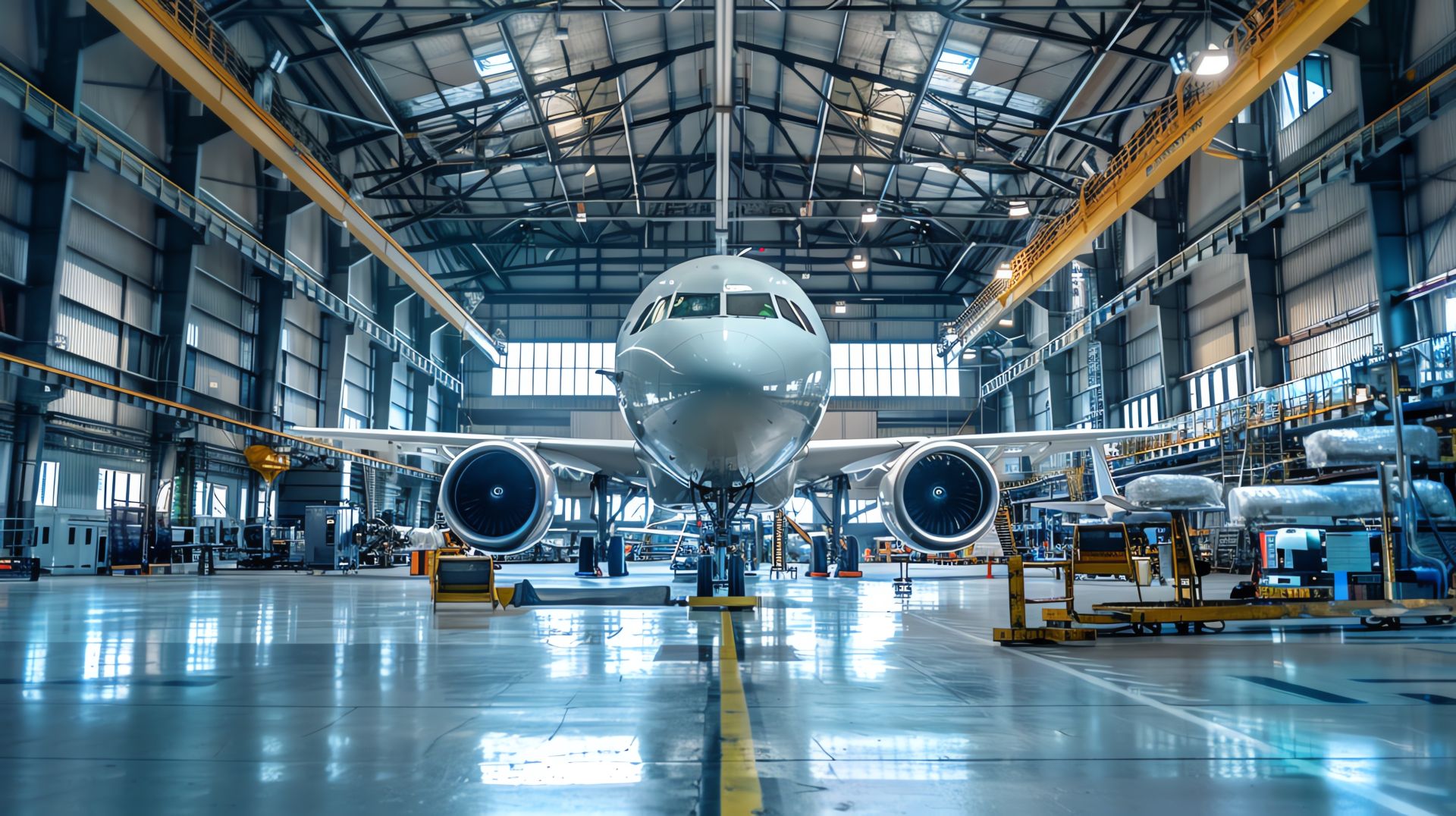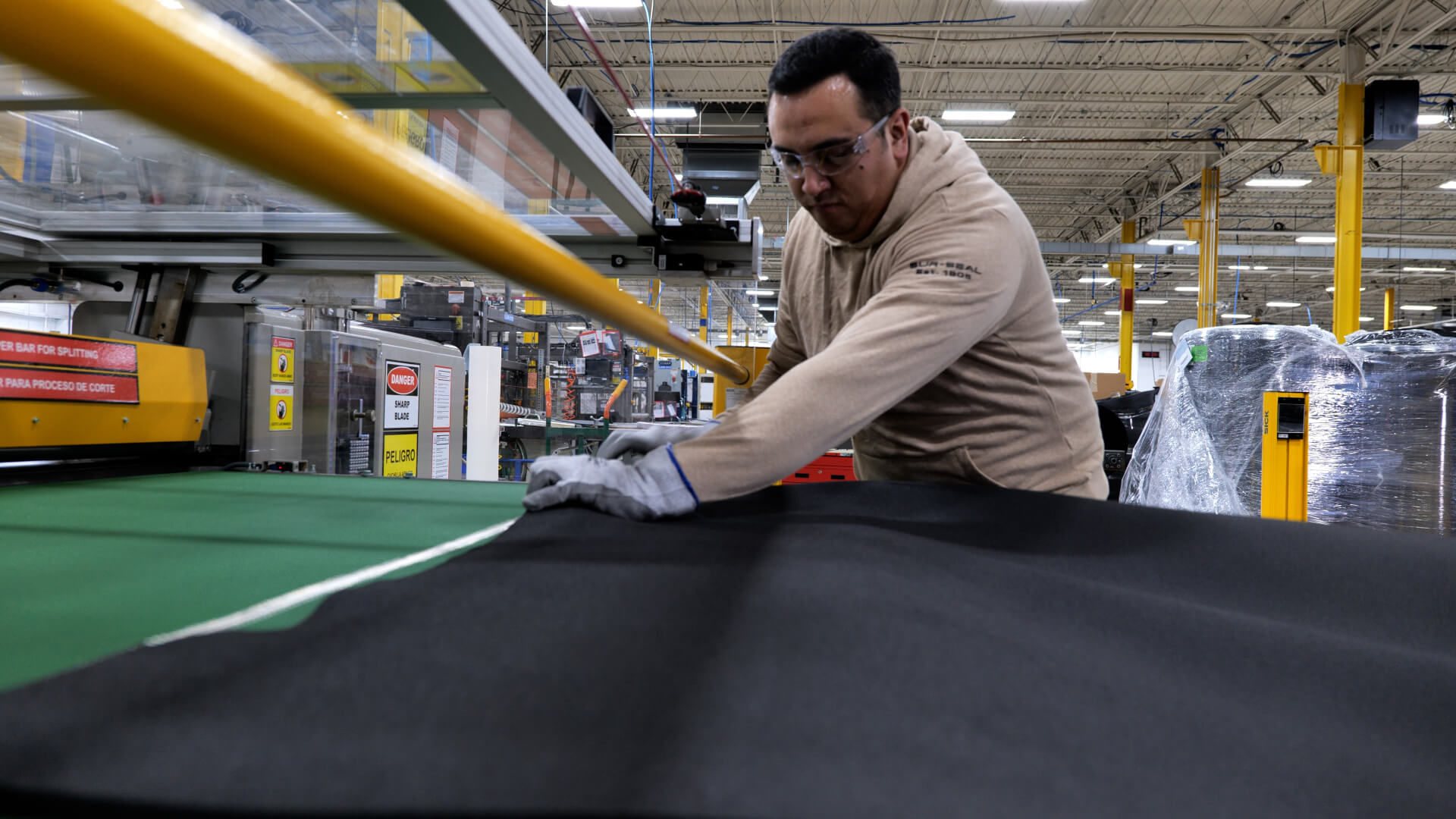
Drafted in collaboration with Avery Dennison Performance Tapes ADvantage Converter Network member, Sur-Seal These are times of great opportunity and...

You’ve spent months perfecting a design. Every component has been modeled, tested and specified for performance and reliability. You’ve sourced a proven material—maybe a specialized grade of silicone from China—that hits the sweet spot between performance and cost. Then the news breaks: that material is now subjected to a 25% tariff. Overnight, your budget is wrecked, timelines are at risk, and your hard work is in jeopardy.
Do you start from scratch? Not necessarily. The right supply chain partner can help you protect your design intent, avoid ballooning costs and keep production moving—often without compromising performance or compliance.
Sometimes, the fastest and least disruptive solution is to source the same or an equivalent material from a different country that is not subject to the tariff. This can preserve your design specifications while immediately mitigating cost increases.
Sur-Seal has helped customers shift material sourcing from China to other countries to bypass tariff penalties while maintaining the same quality standards. This works only when your supply partner has a vetted network of qualified suppliers across multiple regions, ready to meet your technical and compliance requirements.
When a domestic silicone shortage hit the U.S. five years ago, many manufacturers faced production delays or stoppages. Sur-Seal’s customers didn’t. We tapped into our international supplier network to secure the same grade of silicone from other countries—keeping production running without compromising on quality or delivery schedules. That same principle applies when tariffs threaten your material costs.
Often, sourcing from another country isn’t enough, and you may need to engineer an entirely new material solution that meets your performance requirements and cost targets. This is where engineering collaboration becomes essential.
Consider the case of a leading HVAC manufacturer. They replaced a proven silicone gasket with a cheaper multi-cellular urethane to reduce costs. Sur-Seal advised against the change, citing the material’s lower tolerance to temperature extremes and its higher risk of compression set. The manufacturer moved forward anyway—and the gaskets failed in the field.
When they returned to Sur-Seal, our solutions engineering team worked alongside their engineers to select and qualify an EPDM gasket. This new material delivered the durability, flexibility and sealing performance required for their application while also addressing the original cost and tariff challenges.
The lesson is clear. Material changes are not just about price; they must account for long-term performance, reliability and compliance. The value of a partner like Sur-Seal lies in our ability to guide you through the entire process—from identifying alternatives to conducting validation testing—ensuring the new material will perform under real-world conditions.
Re-qualifying materials or switching to a new supplier isn’t instantaneous. It requires engineering resources, material testing, compliance checks and customer approvals. A partner with in-house engineering capabilities and a global network can shorten this process significantly by handling sourcing, documentation and testing in parallel—minimizing disruption to your production schedule.
Tariffs and other global supply chain disruptions don’t have to derail your product development or force you into risky compromises. By combining strategic sourcing with solutions engineering, you can maintain performance, control costs and keep your projects on track.
Are you facing a material challenge due to tariffs or supply chain volatility? Partner with Sur-Seal’s solutions engineering team to design smarter, source better and build a more resilient product. Request a quote or contact us.